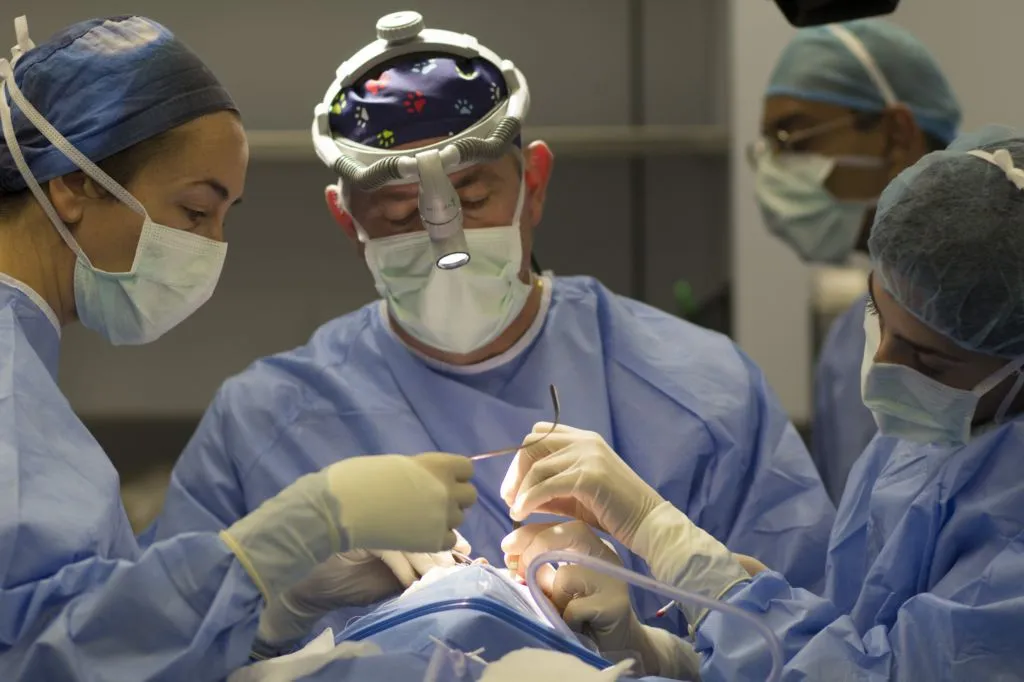Treatments
Ocular exenteration

What is ocular exenteration?
Ocular exenteration is a surgical operation in which we remove the contents of the eye socket. The procedure is similar to enucleation –which consists of the entire eyeball, but not the orbital mucus membrane or optic nerve– and to evisceration –an operation in which we only remove the intraocular contents, but not the sclera or the eye muscles.
However, exenteration requires removing the eyeball, the eye muscles, the optic nerve, adjacent tissue and, sometimes, even the eyelids and eyebrows. This means that reconstruction surgery is required after exenteration to improve the appearance of the face as much as possible.
A good prior diagnosis based on a full examination will enable us to plan the surgery in detail, learning in advance of the ocular structures that are affected and that can be preserved without jeopardising recovery.
Problems treated with ocular exenteratio
The most frequent tumour leading to this complex surgery is the squamous cell carcinoma, although there are other types of cancer such as basal cell or melanoma that can jeopardise the eye to the point of having to perform an exenteration.
Much less frequently, the operation is also recommended in the case of diseases involving uncontrollable pain, an irreversible loss of vision, eye and/or facial deformity caused, for example, by severe infection, extensive varicose veins or benign tumours that are at risk of becoming malignant or tending to spread to near tissue.
Recovery
Ocular exenteration is a surgery that we perform at outpatients and requires no hospitalisation or overly complicated post-operative care, although your ophthalmologist will carefully explain any discomfort you might feel, the post-operative guidelines you must follow, and the follow-up visits required. He/she will also prescribe the anti-inflammatory and antibiotic treatment you must follow to avoid any complications after the operation.
Although exenteration might be a very conspicuous surgery, oculoplastic specialists at the Miranza clinics use minimally invasive techniques in search of the safest, most effective results with the least aesthetic impact possible. So depending on the extension of the tissue removed, we will assess the most suitable strategy for ocular and facial reconstruction, and might implant an orbital prosthesis to replace the eyeball and its attachments. You should also bear in mind that, given that ocular exenteration is often recommended in cases of very aggressive tumours, it might be necessary to accompany this surgery with oncological treatments such as radiotherapy and chemotherapy.